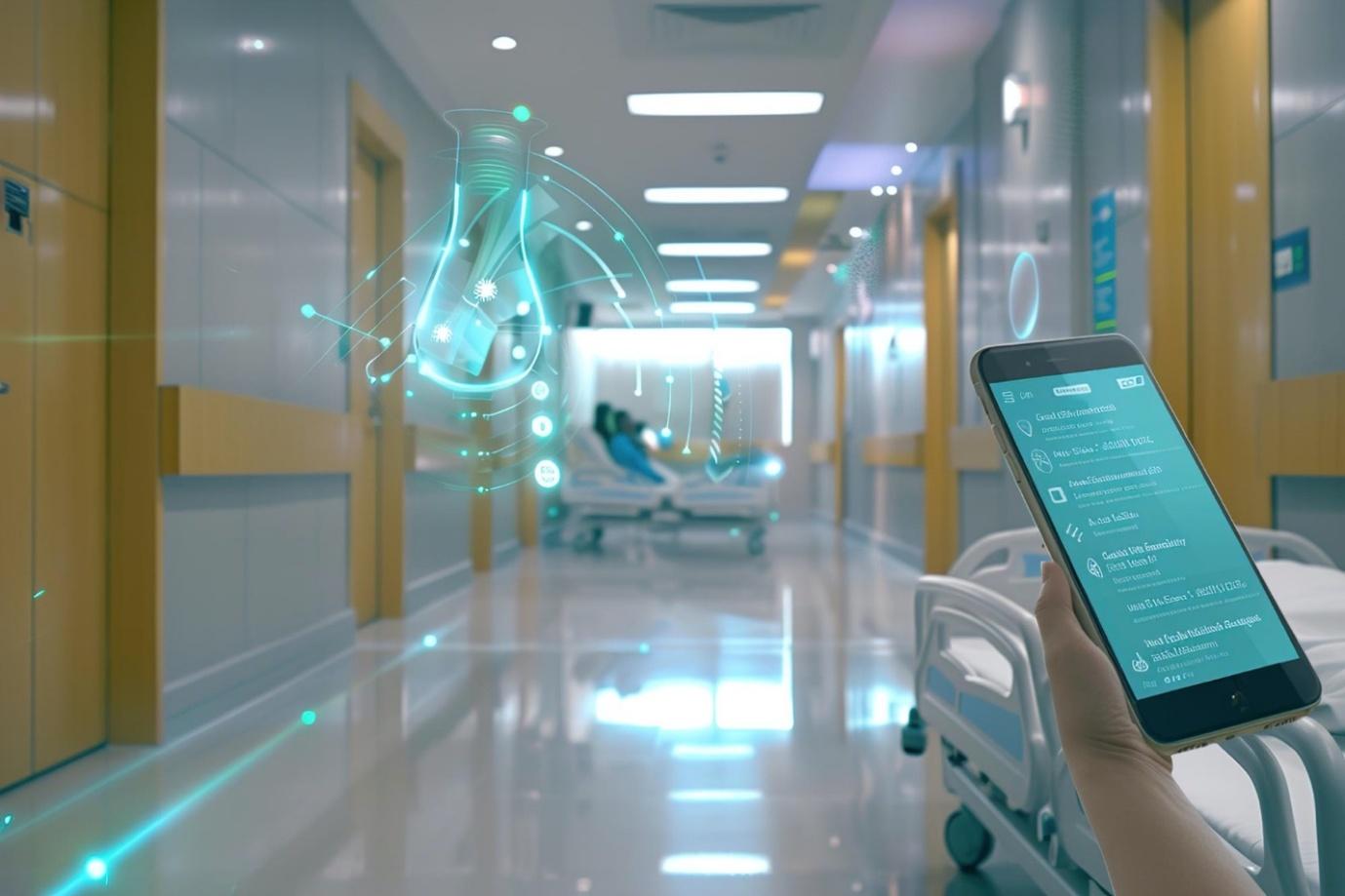Bridging Communication Gaps in Long-Term Care Facilities
We all agree that communication is an integral part of quality long-term care (LTC) in facilities, but it is a tough one to get right. When you have effective flow of information among caregivers, residents and facilities, clinical outcomes are significantly impacted. But when communication is poor, outcomes are anywhere between the inconsequential to the fatal.
LTC facilities are plagued with communication problems unlike those found in other healthcare dispensations. With 24-hour care requirements, diverse resident identities, and intricate care needs, your facility navigates a communication landscape full of potential pitfalls. New technologies such as SeaHealth Voice AI are only just beginning to appear to confront your potential problems head-on.

What are the Usual Communication Issues in LTC Facilities?
Staff-to-Staff Communication
Staff miscommunications occur frequently in LTC facilities, largely due to constant personnel changes and shift-based schedules. Information often becomes misplaced during handovers, creating dangerous gaps in care knowledge. A medication change mentioned verbally might never make it to the next shift’s notes, resulting in inconsistent care delivery. These fragmented communication patterns result in ripple effects directly impacting resident health and safety.
Staff-to-Resident Communication
Staff-to-resident communication comes with its own difficulties, particularly with cognitively impaired residents. Caregivers struggle to understand residents with dementia who can’t articulate their health issues or remember instructions. Verbal disconnects further complicate communication when staff and residents don’t speak the same language. The resulting frustration shows itself as decreased quality of life, and unaddressed medical concerns for your residents.
Inter-Facility Communication
Perhaps one of the greatest challenges is the dialogue gaps that come up when moving between facilities. When residents move between hospitals and nursing homes, critical information often gets watered down or entirely lost. Medication lists become confused, treatment plans are misinterpreted, and follow-up instructions fall through the cracks. These poor-quality discharge communications lead to errors in medication and uncalled-for readmissions in your hospital.
What are the Repercussions of Poor Communication?
The consequences of these communication failures extend past administrative headaches. When you experience communication breakdown in your LTC, medication errors increase, care plans get implemented incorrectly, residents’ needs go unmet, trust erodes between families and providers, and hospital readmissions rise dramatically. Staff burnout accelerates as frustrations mount, creating a vicious cycle that’s difficult to break. These aren’t one-off events but systematic problems that affect several lives daily.
Are There Ways to Promote Communication in LTC Facilities?
Implementing Innovative Communication Tech
Progressive communication technologies lead the way in solving the issues in your LTC. Voice AI Improves Long-Term Care Communication in remarkable ways. AI-powered voice agents revolutionize how facilities handle routine but important functions such appointment scheduling, medication reminders, family updates and care transitions. Platforms like SeaChat ensure 24/7 phone coverage, dramatically reducing your missed calls and enhancing resident engagement, eliminating the all-too-common complaint from family members claiming their messages went unanswered.

Enhancing Staff Education and Training
But technology alone isn’t enough. Enhanced worker training to improve communication for residents with cognitive impairments make a significant difference in day-to-day interactions. Cultural competency training helps staff navigate diverse resident populations, dissolving verbal disconnect and improving communication throughout different ethnicities. These investments in staff development pay dividends in improved resident care and satisfaction.
Standardizing Communication Guidelines
Streamlined communication procedures for shift handovers, care transitions, medication changes, and emergency situations reduce the “it fell through the cracks” scenarios that plague your facility. When everyone goes by the same rules, critical information is less likely to be lost or misconstrued. These protocols create consistency that benefits your residents and staff alike.
Enabling a Culture of Honest Dialogue
Enabling an honest dialogue culture that allows your staff to freely report problems allows accelerated making of decisions and continued improvement. When caregivers aren’t afraid to speak up against communication mishaps, facilities can deal with systemic problems before they become a menace. This blame-free environment promotes innovation and problem-solving from all levels of staff.
What is the Role of SeaHealth Voice AI in Connecting Communication Gaps?
SeaHealth Voice AI is the leading communication innovation in LTC facilities. Its AI-powered receptionists provide you with round-the-clock call coverage, ensuring no patient inquiry goes unanswered. The system automates appointment scheduling and follow-ups, smoothing task flows and freeing staff to deal with direct resident care. With HIPAA-compliant communication solutions, your resident’s personal data security is protected through all communications. Voice assistants help residents with limited mobility communicate their needs instantly.
As demonstrated in Singapore, where the Infocomm Media Development Authority (IMDA) has launched an AI voice assistant for elderly care, these solutions can provide crucial support to seniors with their daily needs while easing the burden on caregivers. The Singapore initiative shows how voice AI can be successfully implemented to help seniors manage medication schedules, make healthcare appointments, and stay connected with family members.
When used in communication, AI produces tangible results: fewer missed messages, improved reactions when dispensing treatment, reduced employee fatigue, and better wellness indicators for residents. In an industry where small communication errors can lead to outsized consequences, AI solutions lead to better life quality for your residents and a lighter load for caregivers.
Information disconnects in long-term care aren’t merely inconveniences - they represent serious threats to resident wellbeing. By using novel tech such SeaMeet, promoting staff training, standardizing your communication framework, and promoting candid communication, facilities can dramatically improve care. Long-term care communication is already looking better as practices implement the steps, with the assurance of an effective, responsive and connected care environment for our most vulnerable citizens.
Are you ready to see how Voice AI improves Long-Term Care communication in your care center? Contact us today for a demo and take the first step in reducing communication impacting your residents and caregivers.